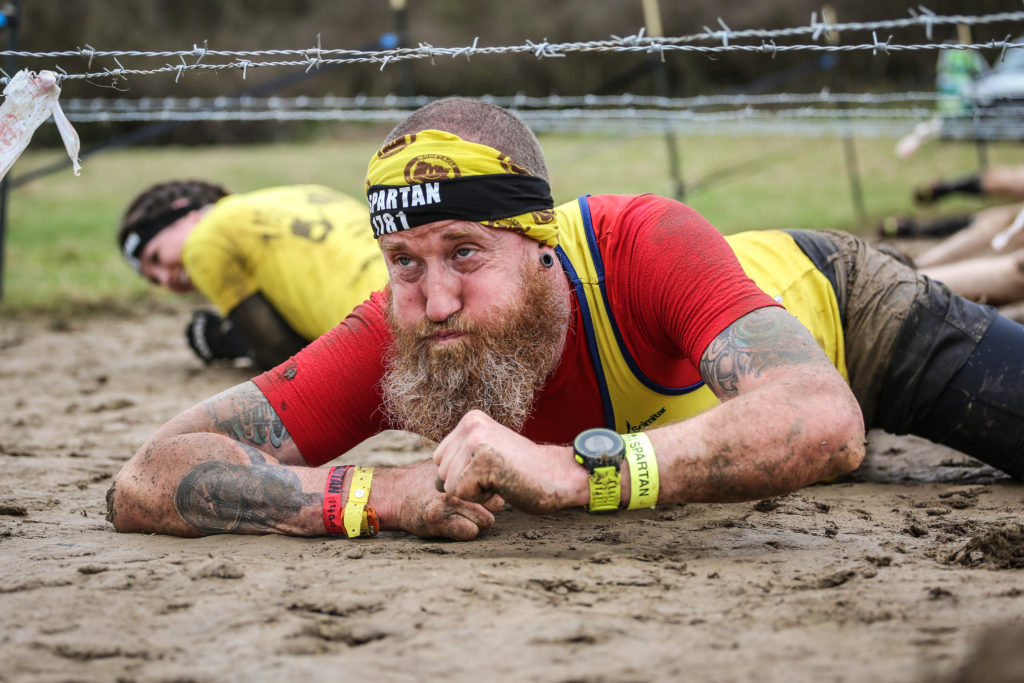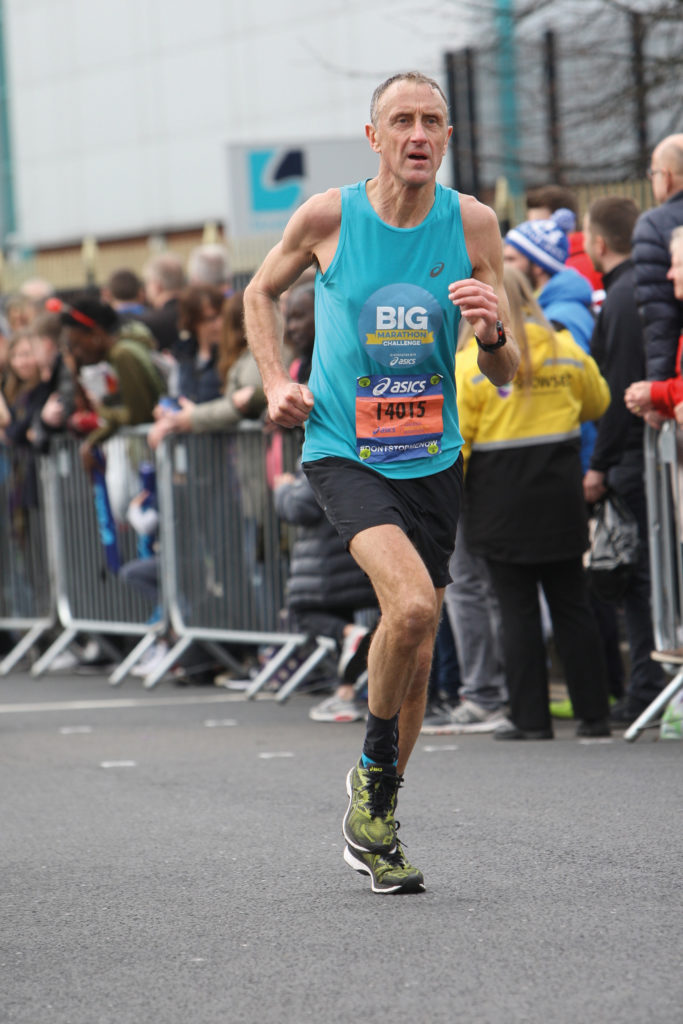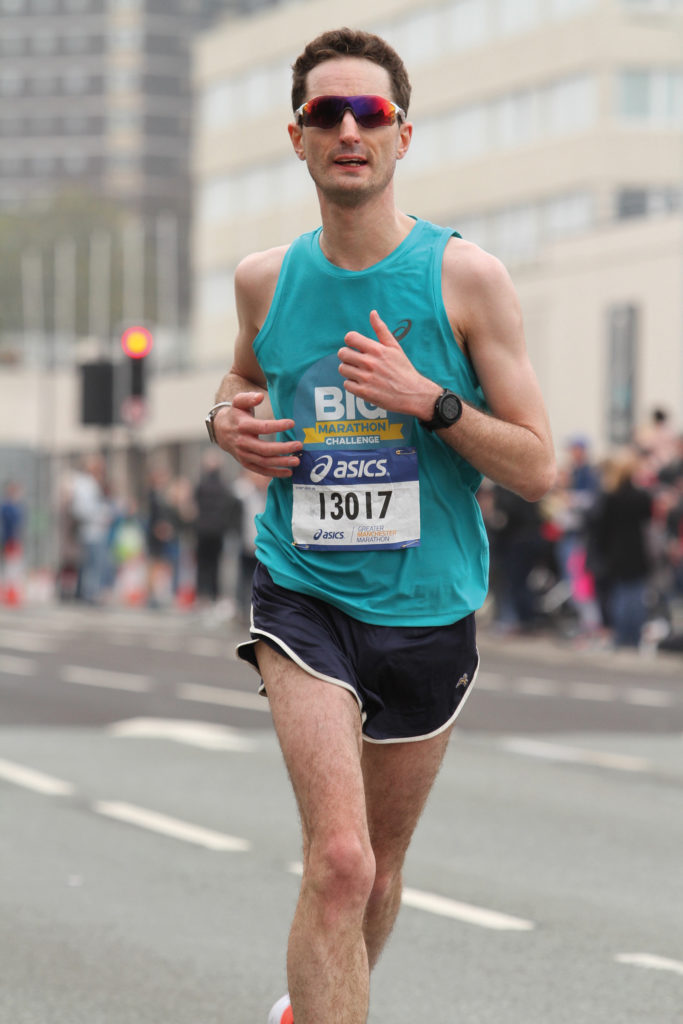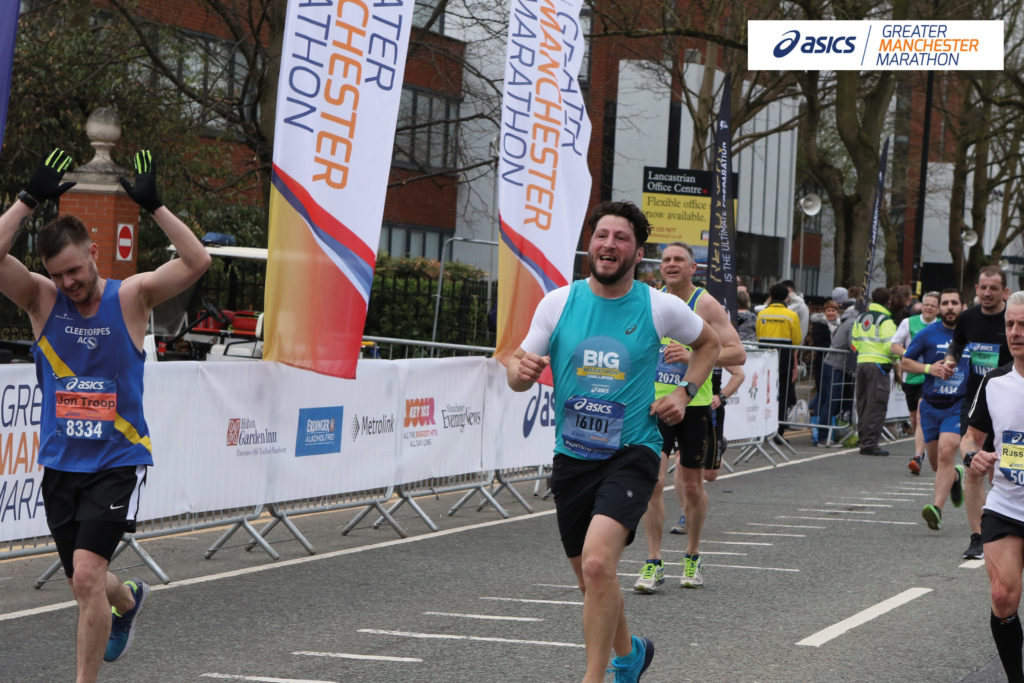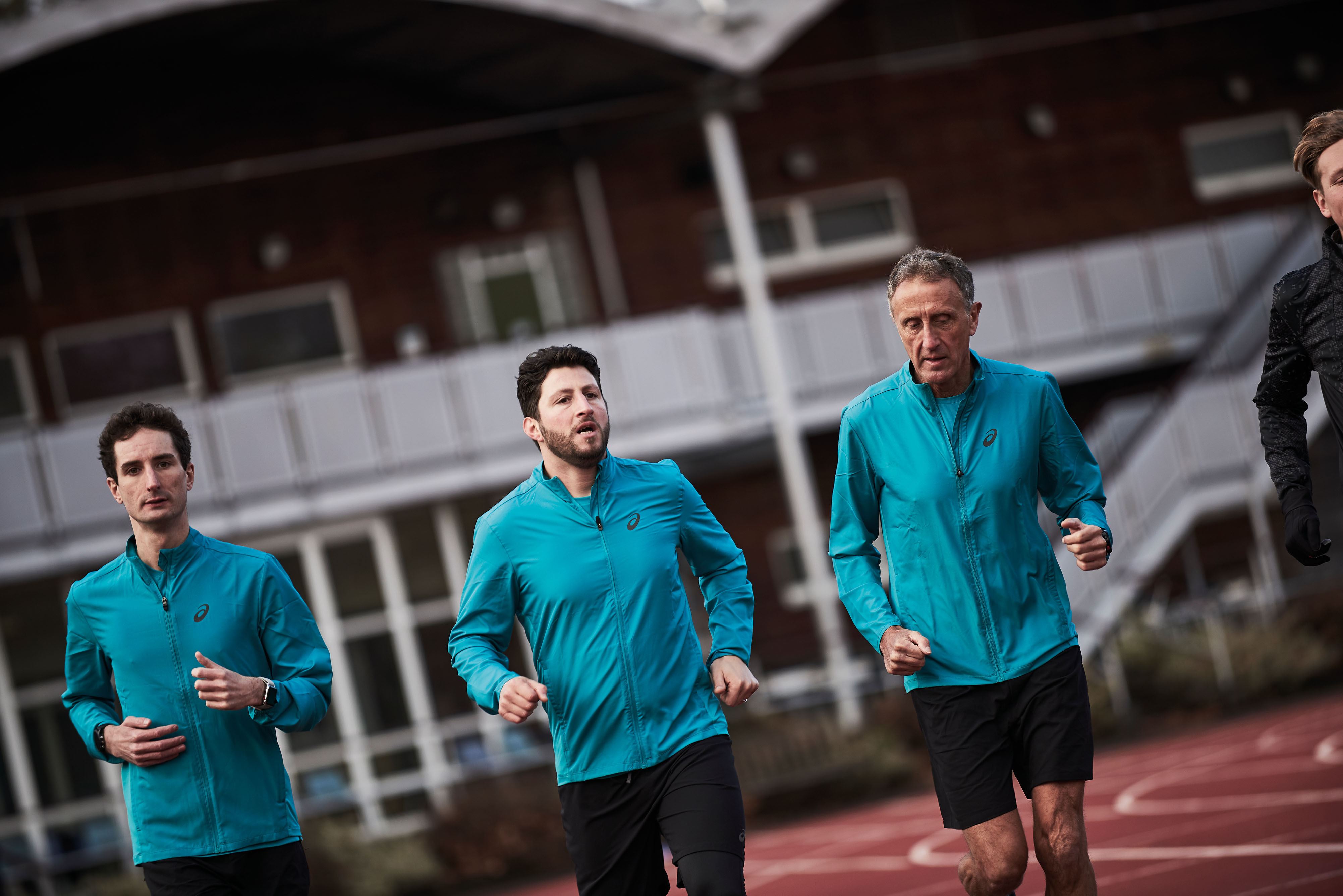
Nina Anderson has an impressive list of running accolades. From competing in the European Championships to the Masters Championships, Nina is now helping others who need the help of a professional. Today, Nina turns her focus onto you, as we ask some rather specific running questions:
As a running coach, you must get asked plenty of questions, but what is the most popular query runners come to you with?
What are intervals and why are they beneficial? Is still something I’m asked on a regular basis.
This is running for periods of sustained effort (working harder than a steady continuous run) followed by a rest period. Variables that can be applied are the length of run in distance or time, number of repetitions (reps) and the duration (and type e.g. jog, walk etc.) of rest period. In essence, by breaking up the total amount of high intensity work into smaller blocks, a runner can train at a higher intensity for longer. This is a great way to force the body to make the necessary changes needed in order to promote improvement. It’s more bang for your buck – good returns for the effort put in. What intervals a runner chooses to do will depend upon the specific physiological objectives of the session in relation to their race distance (i.e. the interval sessions of a sprinter would be very different from those of a 5k runner).
Lots of runners are pushed for time. What sessions would you recommend for those only able to train three times a week?
It depends what event you are training for as the three sessions for a 200 metre track athlete would vary greatly from those of a marathon runner. The key is to know the physiological requirements for the event in question and to ensure that the selected sessions meet these objectives. In addition, any runner regardless of distance should always incorporate some form of strength and conditioning work into a weekly schedule. This will not only increase their chances of reaching the finish line quicker but will also help to reduce the risk of injury.
How much core work should runners be doing? Any exercises that are particularly beneficial?
Having a strong trunk is necessary for good biomechanics. Many runners focus on the abdominal area but the gluteus medius (specifically this muscle as opposed to gluteus maximus) is vital to any runner and also forms part of the trunk. This muscle plays a major role in improved biomechanics and thus reduces the chance of injury. There are numerous gluteus medius exercises to choose from which can often be very quick to do and thus easily incorporated into a runner’s schedule.
You have a background in Olympic weight lifting; do you believe weight training should play an important part in any runner’s programme, whether it be short or long distance?
It’s not that weight training should play an important part in a runner’s programme but more that it could. It’s now common knowledge that weight training (including maximum strength work) can benefit the sprinter to the marathon runner alike but there are many other factors to consider in order to ascertain whether it might be of value to an individual such as:
- Has enough preparatory strength and conditioning work been done prior to lifting weight e.g. body weight circuits, dumbbell and/or plate circuits etc.?
- Where and at what stage should it fit into a schedule e.g. a marathon runner might choose to put in a block of strength work prior to starting a marathon specific programme – would they want to have very heavy legs when getting into the meat of their training? A sprinter might opt to do a winter programme of strength work and progress to lifting more dynamically as the season approaches.
- If a runner has limited time available in their week then it doesn’t necessarily make sense to put in weight training as from a time management point of view circuits are speedy, functional and can be done at home. If this is the case then the completion of circuits/conditioning at home with regularity will be more beneficial than sporadic weight sessions.
- How experienced is the individual? For a novice runner basic strength and conditioning work can be incorporated into a weekly regime rather than to overcomplicate the training with weights. Once fitness has improved and progress has being made then implementing progressions of strength and conditioning into a schedule can be done at that stage.
How can a runner strengthen the muscles in their feet, other than through running?
There are many little exercises that can be done to strengthen the muscles in the foot, here are a few examples:
- Pick up and put down a pencil with the toes
- Place the toes at the edge of a piece of fabric (e.g. towel/handkerchief) and use the toes to pull the fabric towards you.
- Press the big toe down whilst lifting the others up and then repeat vice versa i.e. press the 4 outer toes down and lift the big toe up
Many runners adopt the 10% rule when increasing their mileage. Is this something you agree with?
I would suggest it’s more important to adopt a sensible, logical approach when it comes to weekly mileage progression rather than being governed by a 10% rule. For example, a beginner would be well advised to become comfortable with completing a few short runs (2 – 3 miles) consistently before increasing the weekly mileage but a more experienced runner could easily add in an extra run per week or a few miles without any issue.
If unsure of whether “how much is too much?,” always err on the side of caution and if in doubt leave it out.
Amateur runners who don’t have the blessing of a sports physio may worry about returning to running after a long injury lay-off; what’s your advice?
The successful return to running following an injury is dependant upon many factors. These include both the nature and cause of the injury together with how proactive the runner has been during the period of non weight bearing training. It’s often tricky to resume running if the cause of the injury hasn’t been ascertained and therefore consequent relevant strength work hasn’t been put into place. To adopt a sensible approach must be a priority and to use a structured progressive programme is a good start. Take for example someone who has had a calf injury and wishes to return to running. They should ask themselves questions such as:
- Am I 100% pain free during everyday activities?
- Have I been pain free for a number of days?
- Can I do a number of single leg hops pain free?
- Have I done sufficient strength work on calf and gluteus medius?
- Have I also re-trained my proprioception on injured side (e.g. simple standing on 1 leg balances)?
If the answer is ‘’no’’ to any of the above it would be unwise to start running at this stage as the risk of further injury would be significant. The same logic could be applied to many injuries though naturally nothing can replace seeking advice from a sports physio.
Nina Anderson will be speaking at Triathlon Show: London, that takes place at ExCel from 11th – 14th February. For more information visit www.triathlonshowlondon.co.uk


